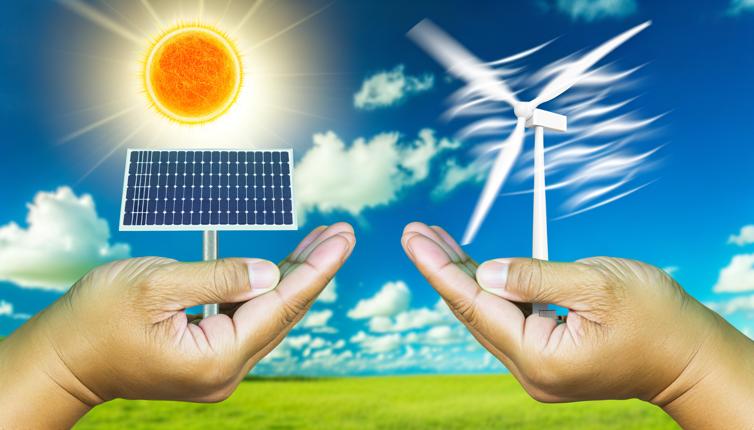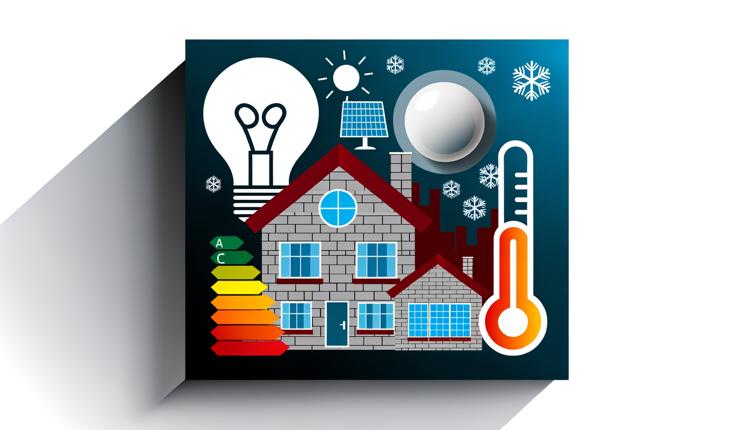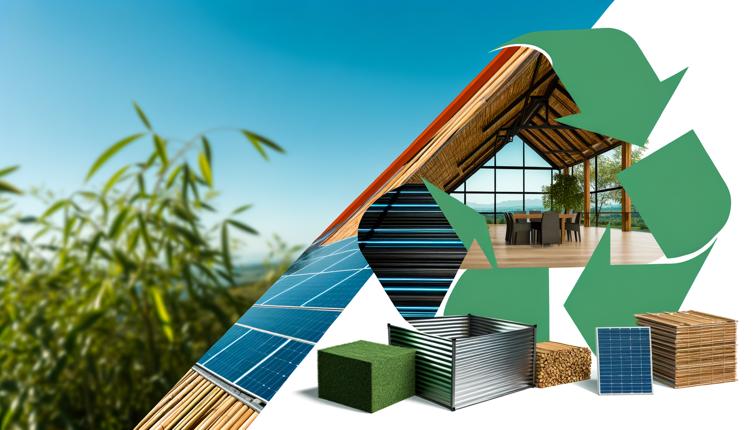Efficiency
Solar power is highly efficient when it comes to converting sunlight into electricity. Solar panels can convert up to 20% of the sunlight they receive into usable energy. However, the efficiency of solar panels can be affected by factors such as shading, temperature, and panel orientation.,Wind power, on the other hand, is less efficient than solar power. Wind turbines can convert around 40% of the wind's kinetic energy into electricity. However, the efficiency of wind turbines is highly dependent on wind speed. Higher wind speeds result in greater electricity generation.,Overall, while wind power has a higher conversion efficiency, solar power can still be a viable option due to advancements in technology.
Cost
Solar power has become more affordable over the years, thanks to advancements in technology and economies of scale. The cost of solar panels and installation has significantly decreased, making solar power a cost-effective option for many homeowners and businesses.,Wind power, on the other hand, requires a significant upfront investment in wind turbines and infrastructure. The installation and maintenance costs of wind turbines can be high, especially for large-scale wind farms. However, once installed, wind power has lower operational costs compared to solar power.,In terms of cost, solar power may be more attractive to individual homeowners, while wind power is more suitable for large-scale energy production.
Environmental Impact
Both solar power and wind power are considered environmentally friendly sources of energy as they do not produce greenhouse gas emissions or air pollution during operation.,Solar power has a smaller environmental footprint compared to wind power. Solar panels require less land space compared to wind turbines, making them more suitable for urban areas. However, the production and disposal of solar panels can have environmental impacts.,Wind power can have a larger visual and noise impact compared to solar power. Wind turbines require open spaces and can be noisy, which can be a concern for nearby residents. However, wind power has a smaller manufacturing footprint compared to solar power.,Ultimately, both solar power and wind power have their own environmental considerations, and the choice between the two depends on local conditions and preferences.
Conclusion
In conclusion, solar power and wind power are both viable sources of renewable energy. Solar power is highly efficient and cost-effective for individual homeowners, while wind power is better suited for large-scale energy production. Both sources have their environmental impacts, but advancements in technology are minimizing these concerns. Ultimately, the choice between solar power and wind power depends on factors such as location, available resources, and personal preferences. By harnessing these renewable energy sources, we can move towards a more sustainable future.









